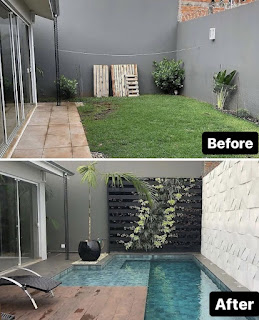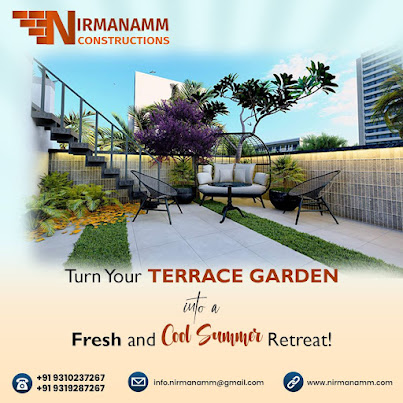> Space Planning The first step in terrace designing is to assess the available space and determine how it can be utilized effectively. This involves considering factors like the size and shape of the terrace, access points, and any structural limitations.
> Functionality Decide on the primary purpose of the terrace. Common functions for terraces include outdoor dining, lounging, gardening, or even creating a small recreational area. The design should align with these functions.
> Aesthetics It's important to think about how you want your space to look and feel. This includes choosing materials, colors, and decor elements that match your style and create a cohesive design.
> Furniture and Accessories Select appropriate outdoor furniture, lighting fixtures, and decor accessories that enhance the usability and appearance of the terrace. Weather-resistant furniture is often necessary for outdoor spaces.
> Greenery Many terrace designs incorporate plants and greenery. You can include potted plants, vertical gardens, or even create a small rooftop garden if space allows. Plants not only add beauty but also improve air quality.
> Flooring Choose suitable flooring materials that can withstand outdoor conditions. Options may include wooden decking, tiles, stone, or concrete, depending on your budget and design preferences.
> Shade and Shelter Depending on the climate, you may need to provide shade or shelter options such as umbrellas, pergolas, or retractable awnings to make the terrace comfortable year-round.
> Lighting The right lighting is essential to both the safety of your guests as well as the ambiance of your event. Consider a combination of functional and decorative lighting, such as string lights, lanterns, or built-in fixtures.
> Privacy Depending on your location and preferences, you might want to incorporate privacy screens, fencing, or tall plants to create a more secluded atmosphere.
> Safety Ensure that the terrace design meets safety standards, especially if it involves elevated structures, such as railings and barriers to prevent accidents.
Terrace designing is a creative and practical process that allows you to transform an underutilized space into a beautiful and functional outdoor area. It can greatly enhance the quality of life in urban settings and provide a peaceful retreat or entertaining space. Consulting with a professional designer or architect can be helpful, especially for more complex terrace projects.



Comments
Post a Comment